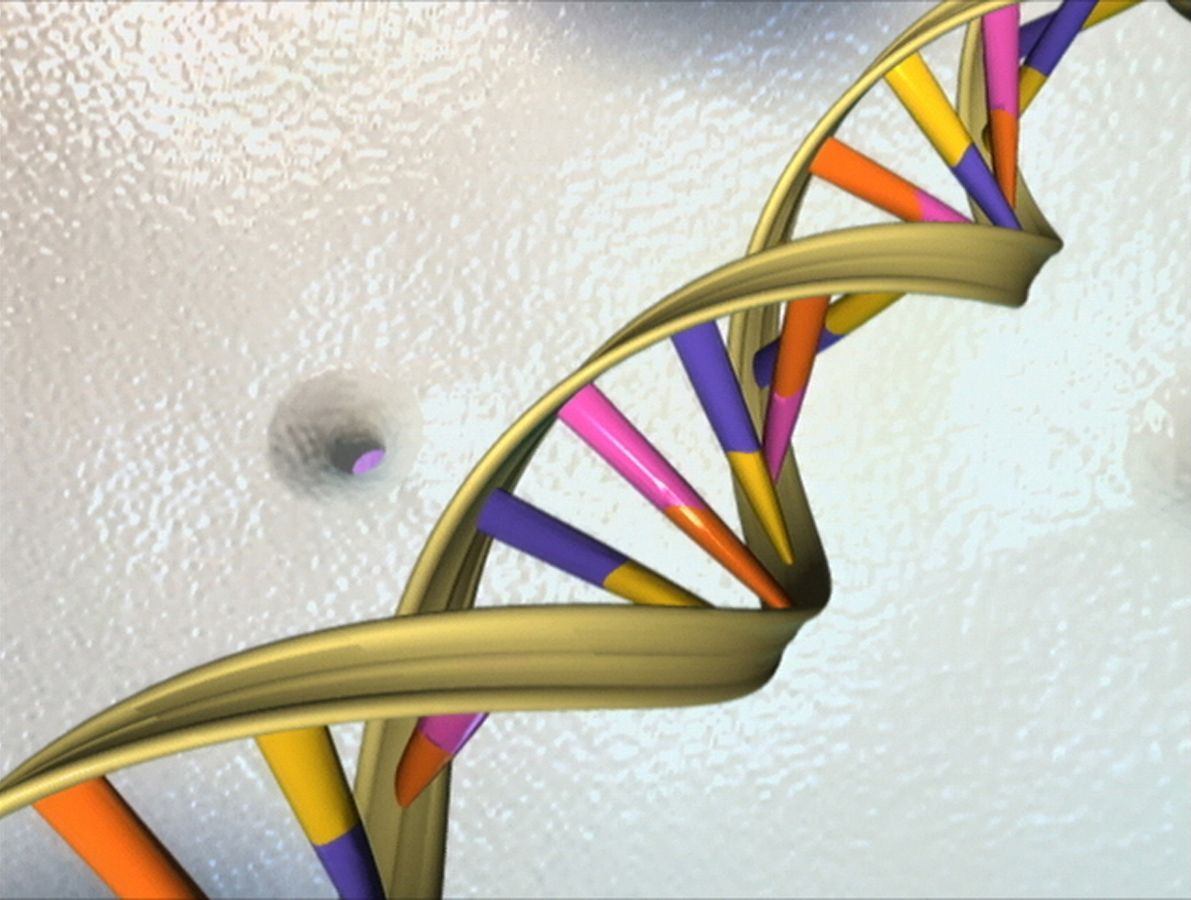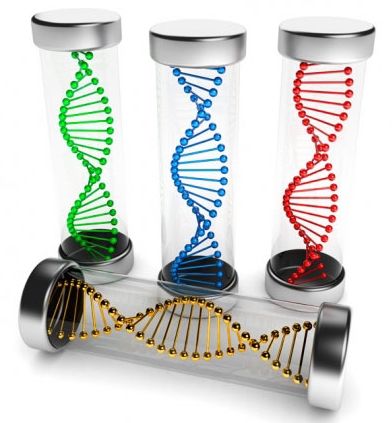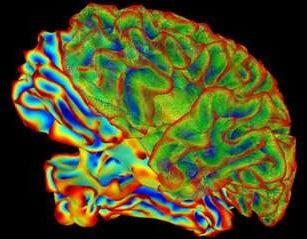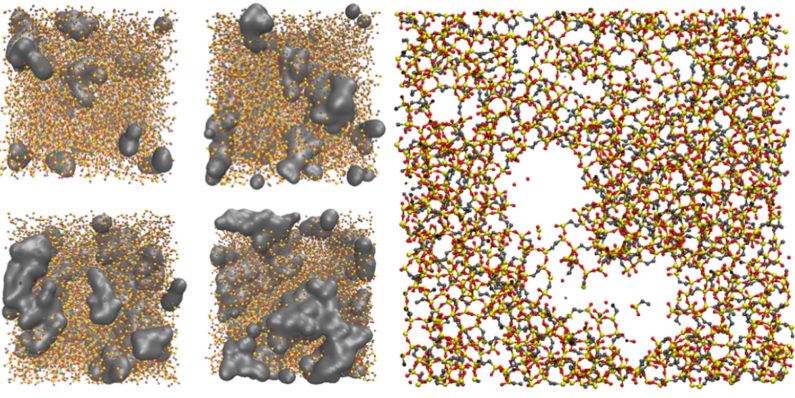Archive for the ‘bioengineering’ category: Page 210
Jul 11, 2016
FDA study using genetically engineered cells to treat cancer kills three people
Posted by Karen Hurst in categories: bioengineering, biotech/medical, genetics, neuroscience
(NaturalNews) Earlier this month, Juno Therapeutics, a pioneer in the field of treating cancer using genetically engineered cells, had to halt the development of its lead treatment after the death of three leukemia patients enrolled in the study.
The Seattle-based biotech company reported that the deaths of all three patients, who were in their 20s, were linked to swelling in the brain. The swelling occurred after the company added a second chemotherapy drug to the treatment procedure.
The news of the patient deaths is a big blow for the biotech startup that is developing a new experimental therapy known as chimeric antigen receptor T-cell (or CART) immunotherapy. The setback will likely delay the company’s aim of introducing it to the market by 2017, Juno executives said in a conference.
Continue reading “FDA study using genetically engineered cells to treat cancer kills three people” »
Jul 8, 2016
How synthetic biology will make more money than the entire computer industry
Posted by Karen Hurst in categories: bioengineering, biological, computing, economics
Jul 5, 2016
Engineers Design Programmable RNA Vaccines That Protext Against Ebola and H1N1 Influenza
Posted by Phillipe Bojorquez in categories: bioengineering, biotech/medical, genetics
A newly published study details how engineers developed programmable RNA vaccines that work against Ebola, H1N1 influenza, and a common parasites in mice.
MIT engineers have developed a new type of easily customizable vaccine that can be manufactured in one week, allowing it to be rapidly deployed in response to disease outbreaks. So far, they have designed vaccines against Ebola, H1N1 influenza, and Toxoplasma gondii (a relative of the parasite that causes malaria), which were 100 percent effective in tests in mice.
The vaccine consists of strands of genetic material known as messenger RNA, which can be designed to code for any viral, bacterial, or parasitic protein. These molecules are then packaged into a molecule that delivers the RNA into cells, where it is translated into proteins that provoke an immune response from the host.
Jun 30, 2016
A new experimental system sheds light on how memory loss may occur
Posted by Karen Hurst in categories: bioengineering, biotech/medical, genetics, neuroscience
Two interconnected brain areas — the hippocampus and the entorhinal cortex — help us to know where we are and to remember it later. By studying these brain areas, researchers at Baylor College of Medicine, Rice University, The University of Texas MD Anderson Cancer Center and the National Cancer Institute have uncovered new information about how dysfunction of this circuit may contribute to memory loss in Alzheimer’s disease. Their results appear in Cell Reports.
“We created a new mouse model in which we showed that spatial memory decays when the entorhinal cortex is not functioning properly,” said co-corresponding author Dr. Joanna Jankowsky, associate professor of neuroscience at Baylor. “I think of the entorhinal area as a funnel. It takes information from other sensory cortices — the parts of the brain responsible for vision, hearing, smell, touch, and taste — and funnels it into the hippocampus. The hippocampus then binds this disparate information into a cohesive memory that can be reactivated in full by recalling only one part. But the hippocampus also plays a role in spatial navigation by telling us where we are in the world. These two functions converge in the same cells, and our study set out to examine this duality.”
The new mouse model was genetically engineered to carry a particular surface receptor on the cells of the entorhinal cortex. When this receptor was activated by administering the drug ivermectin to the mice, the cells of the entorhinal cortex silenced their activity. They stopped funnelling information to the hippocampus. This system allowed the scientists to turn off the entorhinal cortex, and to determine how this affected hippocampal function.
Jun 28, 2016
ODNI wants help securing biometric systems
Posted by Karen Hurst in categories: 3D printing, bioengineering, biotech/medical, privacy
Glad they are doing something on this because my biggest concern on biometrics and systems storing other people’s DNA/ bio information is criminals hacking in and collecting bio information on people and reselling it on the Dark Web. With this type of information; criminals can do many interesting things especially if they have access to a gene editing kit, or 3D printers, etc. We have seen how easy it is to create gene editing kits and selling them on the net for $129 each. And, how 3D printers can replicate synthetic skin, contacts mimicking eye structures, etc. So, criminals can do some amazing things once they have access to anyone’s biometrics information.
A biometric system to verify travelers exiting the country could be in effect as soon as 2018.
By Kayla Nick-Kearney.
Jun 28, 2016
Research may lead to more durable electronic devices such as cellphones
Posted by Karen Hurst in categories: bioengineering, computing, solar power, sustainability
Deep inside the electronic devices that proliferate in our world, from cell phones to solar cells, layer upon layer of almost unimaginably small transistors and delicate circuitry shuttle all-important electrons back and forth.
It is now possible to cram 6 million or more transistors into a single layer of these chips. Designers include layers of glassy materials between the electronics to insulate and protect these delicate components against the continual push and pull of heating and cooling that often causes them to fail.
A paper published today in the journal Nature Materials reshapes our understanding of the materials in those important protective layers. In the study, Stanford’s Reinhold Dauskardt, a professor of materials science and engineering, and doctoral candidate Joseph Burg reveal that those glassy materials respond very differently to compression than they do to the tension of bending and stretching. The findings overturn conventional understanding and could have a lasting impact on the structure and reliability of the myriad devices that people depend upon every day.
Continue reading “Research may lead to more durable electronic devices such as cellphones” »
Jun 23, 2016
How molecules can do statistics
Posted by Karen Hurst in categories: bioengineering, biological, genetics
Mobile phones have become commonplace. Modern communication devices like mobile phones need to exchange huge amounts of information. However, what is hidden underneath the elegantly shaped plastic casings is quickly forgotten: Complex signal processors constantly fighting against noise and steadily adapting themselves to changing environment.
But noise and changing environmental conditions do not only affect electrical circuits. In synthetic biology scientists are facing similar problems. However, in synthetic biology a methodology to deal with noise does not exist yet. Prof. Mustafa Khammash and Christoph Zechner of the Department of Biosystems Science and Engineering have studied how conventional signal processors can be translated into biochemical processes — built and operated inside living cells.
A major limitation in engineering biological circuits is that host cells — even if they are genetically identical — are never the same. For instance, cell A might be in a different cell-cycle stage or have more ribosomes available than cell B. Therefore, the same synthetic circuit may behave very differently in each of these two cells. In extreme cases, only a small fraction of cells might show the correct behavior, while the remaining cells act unpredictably. This is referred to as context-dependency.
Jun 23, 2016
Scientific Innovation Needs the European Union to Succeed
Posted by Zoltan Istvan in categories: bioengineering, biotech/medical, computing, cyborgs, economics, employment, genetics, life extension, neuroscience, robotics/AI, transhumanism
My new Psychology Today story on BREXIT and the EU:
Scientific innovation doesn’t just happen on its own. It takes stable economies, free societies, and open-minded governments. The best environment for science to thrive in is that of collaborating groups incentivized to communicate and cooperate with one another. This is precisely what the European Union is.
And now, more than ever, the union of Europe is needed—because we are crossing over into the transhumanist age, where radical science and technology will engulf our lives and challenge our institutions. Robots will take 75% of the jobs in the next 25 years. CRISPR gene editing technology will allow us to augment our intelligence, perhaps doubling our IQ. Bionic organs will stave off death, allowing 200 year lifespans.
Continue reading “Scientific Innovation Needs the European Union to Succeed” »
Jun 22, 2016
Approved: First Ever Human Trials Involving CRISPR Gene Editing
Posted by Karen Hurst in categories: bioengineering, biotech/medical, genetics, health
Excellent!!! Cannot wait until we eradicate cancer, MS, Parkinson, Dystonia, Cystic-Fibrosis, LGD, etc.
A team of Physicians at the University of Pennsylvania’s School of Medicine now has their project of modifying the immune cells of 18 different cancer patients with the CRISPR-Cas9 system approved by the National Institute of Health.
CRISPR is the gift that keeps on giving—when it’s not fighting blindness, tackling HIV, or even recording real-time immune responses, it is taking on the emperor of all maladies: cancer.
Continue reading “Approved: First Ever Human Trials Involving CRISPR Gene Editing” »


















